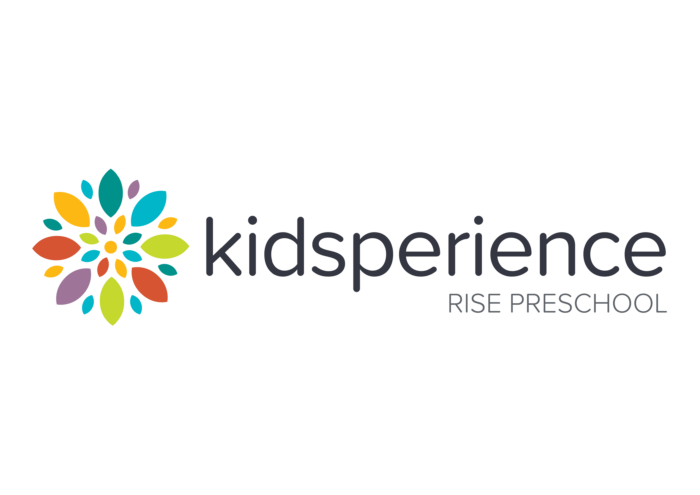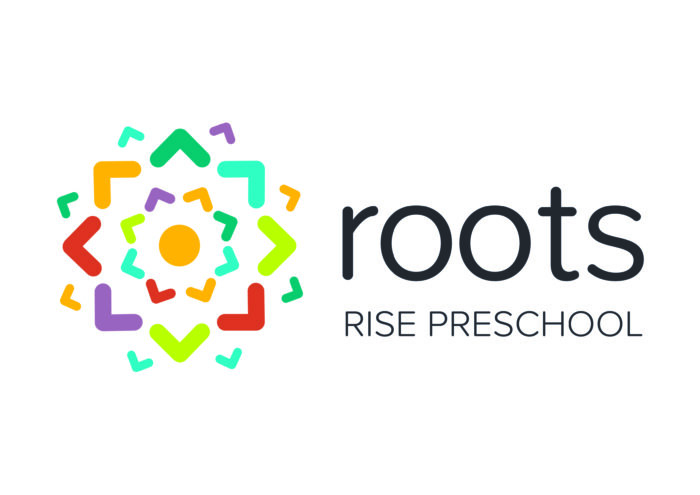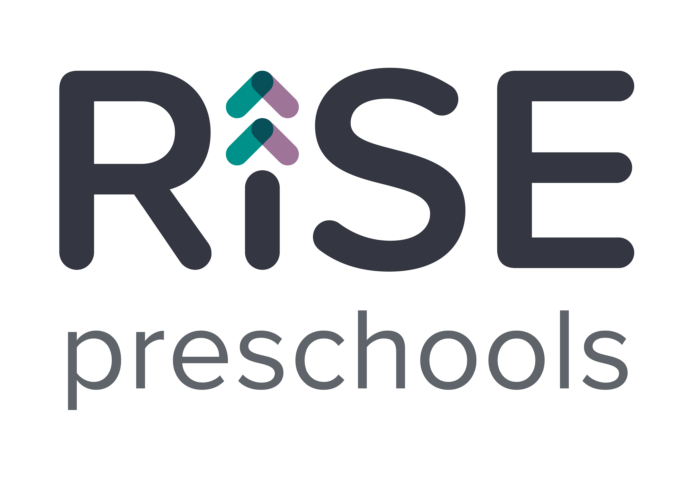Exploring Learning Styles in the Early Years Classroom


In the fascinating world of early years education, where children’s natural curiosity and desire to learn shines, unlocking and embracing the vast variety of learning styles is essential. As educators, parents, and caregivers, our responsibility is not just to impart information but to foster an environment that caters to the individual learning styles of each child, ensuring that the journey of exploration is as exciting as the destination itself.
This is the time to learn how we like to learn.
Diverse Learning Styles
Early childhood is a time of rapid cognitive, emotional, and social development. During these formative years, children exhibit a range of learning styles that can be broadly categorized into visual, auditory, kinesthetic, and tactile preferences. Some children thrive through visual stimuli, absorbing information through images while others are more attuned to auditory cues, requiring stories, songs, and rhymes for their learning journey. There are also those who learn best through movement and touch, relying on kinesthetic and tactile experiences to solidify their understanding of the world around them.
Recognizing and embracing these differences can transform the early years classroom into a dynamic and inclusive space where every child feels seen and valued. By acknowledging and incorporating a variety of teaching methods that cater to different learning styles, educators lay the foundation for a lifelong love of learning.
Practical Strategies for Exploring Learning Styles
Observation is Key
Take the time to observe each child in the classroom. Notice their reactions to different activities, their engagement levels, and the mediums through which they express themselves best. After laying out invitations to play, which activity type are they drawn towards? The sensory tray? The activity that requires movement? The loud activity?
Flexible Groupings
Create opportunities for collaborative learning where children can work in groups, pairs, or individually. This flexibility allows each child to find the learning environment that suits their style best.
Multisensory Experiences
Engage children in activities that stimulate multiple senses simultaneously. For instance, a science experiment can involve not only seeing and hearing but also touching and manipulating objects while a sensory tray can stimulate both touch and smell as they explore.
Adaptive Technology
Introduce age-appropriate technology that aligns with various learning styles. Educational apps, interactive whiteboards, and multimedia presentations can provide a diverse and engaging learning experience.
The Ripple Effect of Tailored Education
By delving into the exploration of learning styles in early years classrooms, educators create a ripple effect that extends far beyond the school walls. As children develop a positive association with learning, they are more likely to become lifelong learners, equipped with the tools to adapt and thrive in an ever-evolving world.
Moreover, embracing diverse learning styles fosters a sense of empathy and understanding among peers. Children learn not only from their teachers but also from each other, gaining a profound appreciation for the uniqueness that makes each individual special.
As with many other aspects of the early years classroom, this space is a micro society, preparing our children for the diverse world that awaits them. By acknowledging and celebrating different learning styles, we empower the youngest members of our society to embark on a journey of discovery where their potential knows no bounds. The key lies not only in teaching but in guiding, nurturing, and inspiring, ensuring that each child’s flame of curiosity burns bright, lighting the path to a future filled with knowledge, creativity, and endless possibilities.
As we welcome our youngest community learners on their initial paths of education, let’s ensure it is a valuable one.

